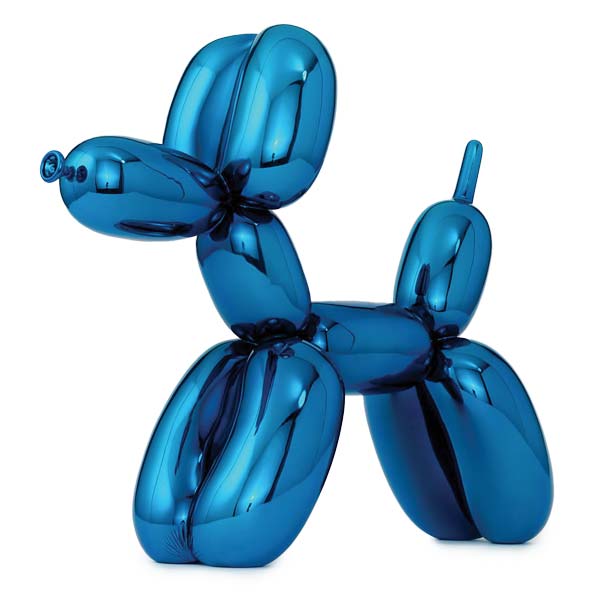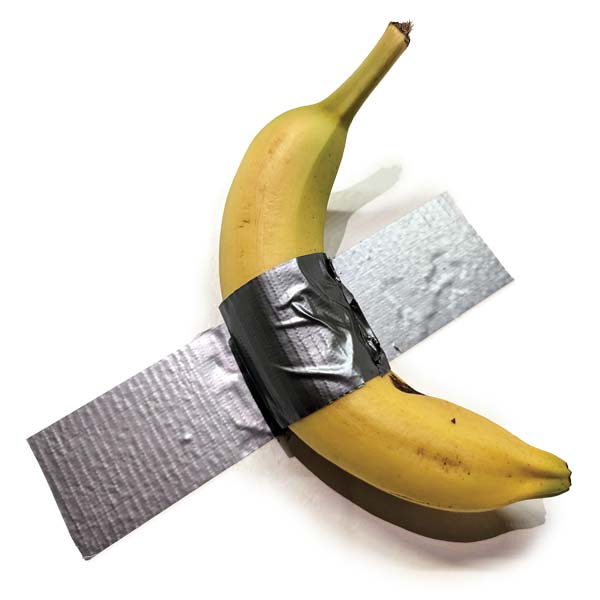At Home—and Everywhere
Shannon Doherty ’06 is redefining domestic bliss for her millions of social media followers.

Photo illustration: Keith Ake
It’s Really Expensive, but Why?
In his new book, BC professor Henrik Hagtvedt shines a critical light on the economics of the art world.
Art isn’t only a matter of aesthetics. In a world where the most highly priced works can sell for millions, it’s also a big business—one that is shaped by market forces that many people never consider. They should, says Henrik Hagtvedt, an associate professor of marketing at the Carroll School of Management.
In his new book Money and Marketing in the Art World, Hagtvedt, a former full-time artist, offers a revealing look at why some contemporary artworks are valued so highly. Using marketing research and insights, he argues that talent and technical skill are now often irrelevant. Rather, he writes, it’s the power of publicity and the allure of eye-popping price tags that woo moneyed buyers, and ultimately influence much of what we see in galleries and museums.
“Conspicuous consumption is huge in the contemporary art market,” Hagtvedt said. “It’s about the making of art as an event, rather than the making of well-crafted art itself.” Before technological advancements like computers made it faster and easier for just about anyone to make art, he said, the time, labor, and talent of an artist were more dearly prized. But these days, coming up with a conceptual stunt, or simply attaching a hefty price tag to a piece, are ways for an artist to stand out and make money. Consider, for example, a two-hundred-pound pile of candy by artist Félix González-Torres that sold for $4.5 million at an auction in 2010.
There’s cultural cachet in being the person who owns a pricey work like that, Hagtvedt explained. “Today, people want something that makes you wonder, ‘Why on Earth does this cost so much money?’” he said. “That raises eyebrows and gets press, and people are willing to pay a lot for it. If buyers want it, it winds up in galleries—and this becomes a self-reinforcing circle.”
Born in Norway and trained as a visual artist in Florence, Hagtvedt built a successful career exhibiting work across Europe and Asia. But he became disillusioned by the art world, watching many gifted artists struggle while others with dubious merit made millions. Hagtvedt decided to shift careers and study business, a field that he said is “at least honest about wanting to make money.” That’s in contrast to the “quasi-intellectualism” of the art world, he said. “A lot of people shove the market forces under the carpet and pretend this is just a world of brilliant people we don’t understand.” He continued, “I just want transparency. A lot of public money is used to subsidize museums and galleries. I think it’s important for people to understand how and why some pieces are presented.” ◽
Professor Henrik Hagtvedt on three famous works whose sky-high prices have earned wide attention.

Fountain, Marchel Duchamp (1917). Top sale: $1.76 million. “It’s an ordinary urinal he decided to call an artwork. Many consider it the most influential modern artwork of all time. I consider it a marker in time. If that was an artwork, anything can be. After that, there were no longer any boundaries to break in that regard.”

Balloon Dog series, Jeff Koons (1994–2000). Top sale: $58.4 million. “Koons has pretty much said, ‘This is kitsch stuff for fun.’ It’s other people who shower profundity upon it. He’s a proficient marketer who has never tried to hide that. That’s part of his charm. I respect that aspect of him.”

Comedian, Maurizio Cattelan (2019). Top sale: $6.2 million. “A banana taped to a wall that gained a ton of attention because it’s nonsensical. There’s no quality, no great idea, certainly no great execution. People wonder why it creates buzz and that’s exactly what they want. The stature of the artist has been raised.”